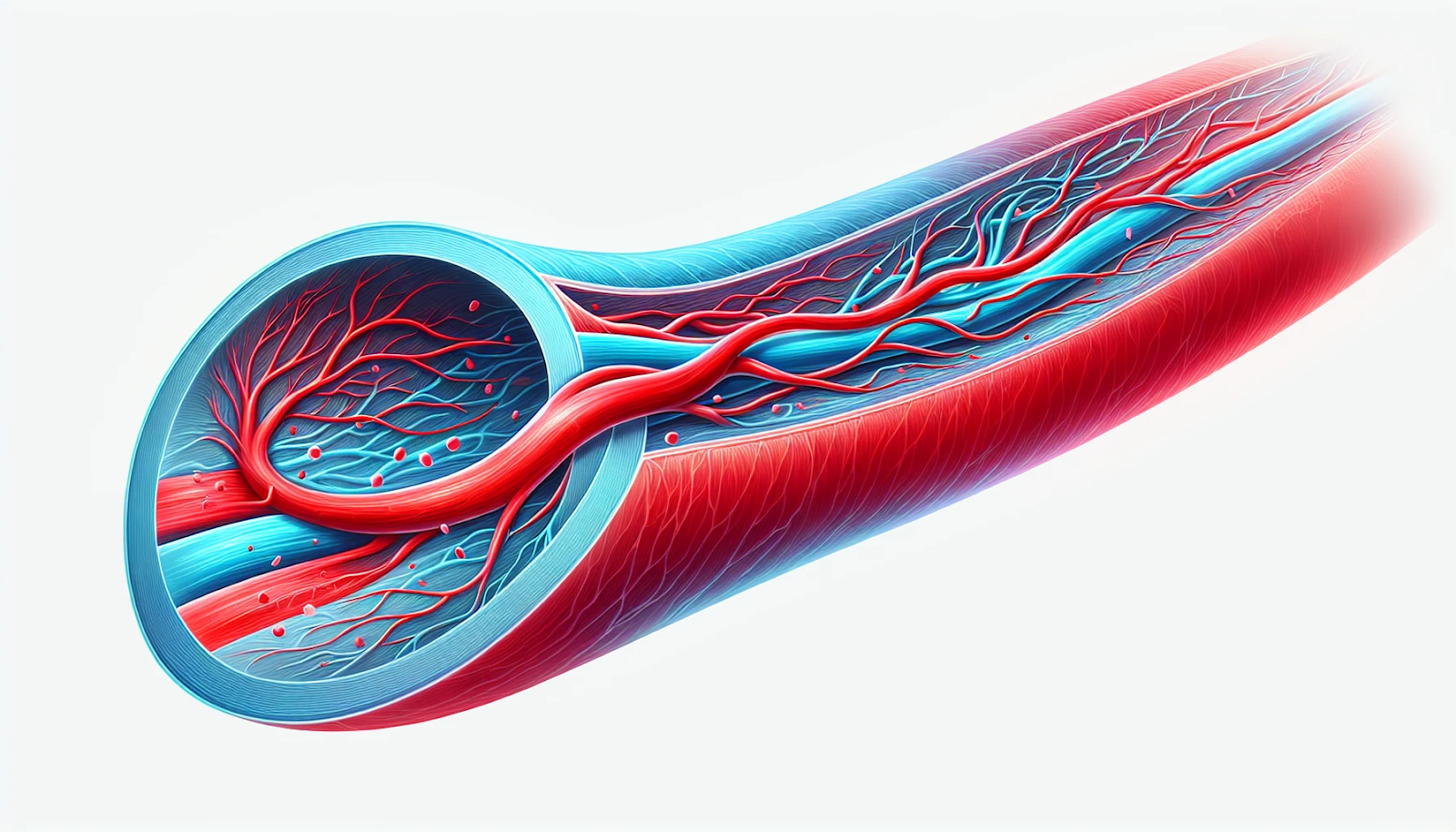
Peripheral Artery Disease (PAD) is a silent yet potentially life-altering condition. Early detection through peripheral artery disease screening can make a world of difference, helping to prevent complications such as limb loss and heart disease. In this blog post, we will delve into the importance of PAD screening and how it contributes to a healthier future.
Understanding Peripheral Artery Disease
Peripheral Artery Disease (PAD) is a vascular disorder caused by blocked arteries, resulting in reduced blood flow and oxygen supply to vital organs. Symptoms of PAD, like leg pain, can be easily overlooked, but it is essential to recognize that they might indicate a more significant issue. Left untreated, PAD can lead to severe complications like limb amputation and cardiovascular illness.
The goal of Peripheral Artery Disease Awareness Month is to increase awareness of PAD and related conditions, encouraging those at risk to undergo screening. Screening for PAD typically involves tests like the Ankle-Brachial Index (ABI), which compares systolic blood pressure measurements at the ankle and the brachial artery. It is worth noting that 5.9% of the US population aged 40 or above have a low ABI (0.9), suggesting they may have PAD.
Risk Factors for PAD
Several major risk factors contribute to the development of PAD. These include:
- Age
- Smoking
- Diabetes
- Hypertension
- High cholesterol
- Obesity
- Physical inactivity
- Severe chronic kidney disease
Among these, smoking and diabetes show the strongest association with PAD. PAD risk increases with age and cardiovascular risk factors, such as hypertension. Plaque formation in arteries narrows them and restricts blood flow. Lifestyle changes such as quitting smoking, managing diabetes, and maintaining a healthy weight can reduce the risk of developing PAD.
The Importance of Early Screening for PAD
Early screening for peripheral arterial disease is vital. The ankle-brachial index (ABI) is a reliable tool for diagnosis, comparing blood pressure readings between the ankle and arm. It allows for timely detection and treatment of peripheral vascular disease (PAD).
Benefits of using the ABI include:
- Identifying PAD in individuals without symptoms
- Enabling early lifestyle modifications to manage cardiovascular disease (CVD) risk factors
- Enhancing CVD risk management
In essence, early PAD screening can help prevent the advancement of atherosclerosis and the resultant decrease in functional capacity. This proactive approach to prevention is necessary for maintaining a healthy lifestyle and mitigating the serious complications associated with PAD.
When to Get Screened for PAD
It’s crucial to know when to consider a PAD screening. If you have leg pain or weakness in your legs when walking or climbing stairs, it’s recommended to get screened for PAD. Additionally, age is a significant risk factor for developing PAD. The risk increases, especially in individuals aged 50 or 60 and above when combined with other cardiovascular risk factors.
Preparing for Your PAD Screening Appointment
During your appointment, be prepared to discuss common symptoms of PAD, such as muscle pain or cramping in the legs or arms that begins during exercise and ends with rest (claudication), pain in the legs or buttocks, and fatigue or discomfort in the leg or hip muscles while walking or exercising. It is also pertinent to disclose any relevant medical history, such as age, history of tobacco use, previous treatment for PAD, and family history.
Summary
In summary, early screening for peripheral artery disease is of paramount importance in preventing severe complications associated with the condition. Understanding the risk factors, symptoms, and screening process can help individuals make informed decisions about their health and seek timely intervention if needed. By taking charge of your health and getting screened for PAD, you can actively contribute to a healthier future, free from the debilitating consequences of this often-silent disease.
Take immediate action and protect your health by booking your PAD screening appointment today. Early detection is key to effective treatment, so don’t wait any longer. Make the smart choice and secure your appointment now. Contact us today!
